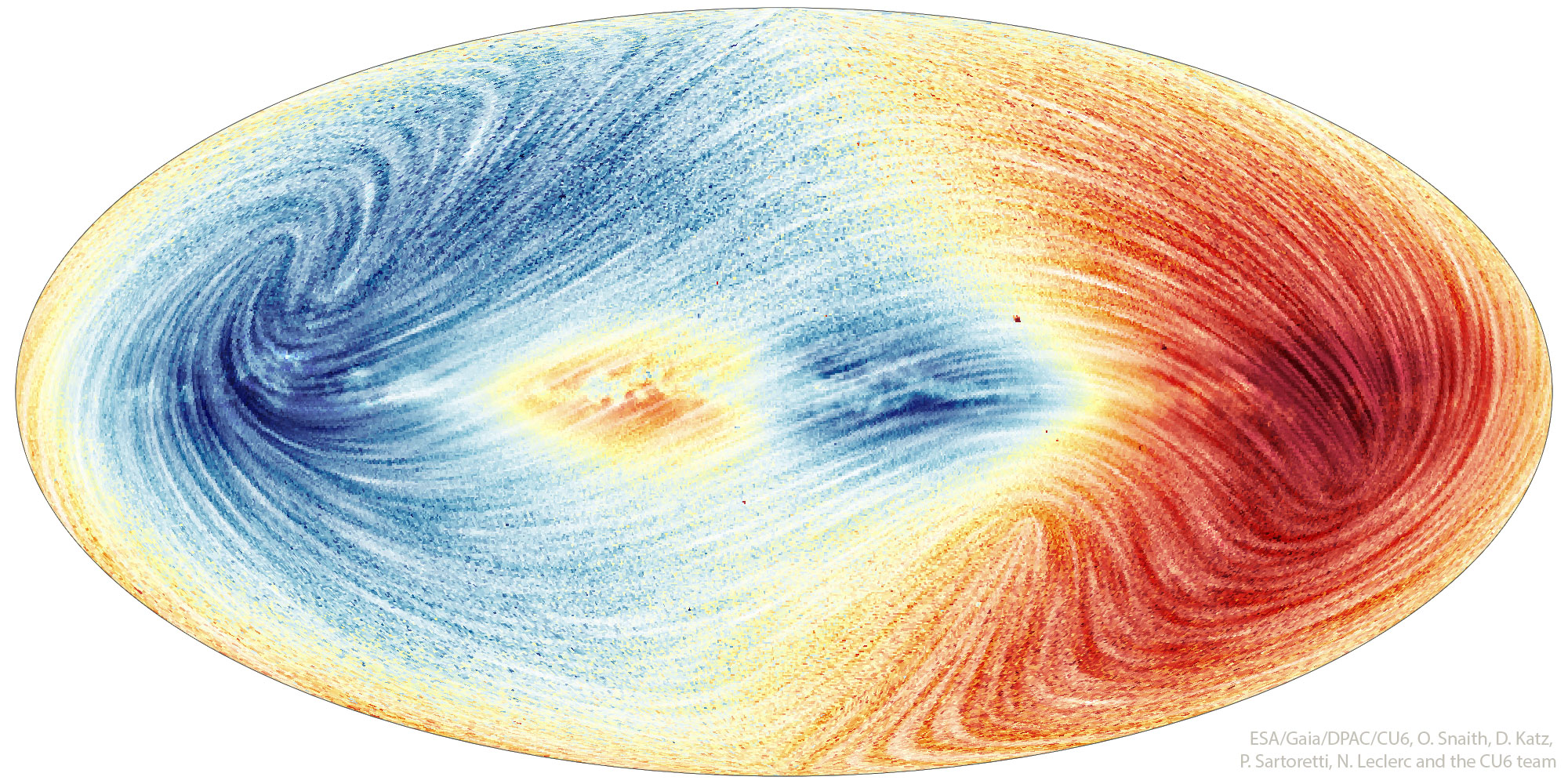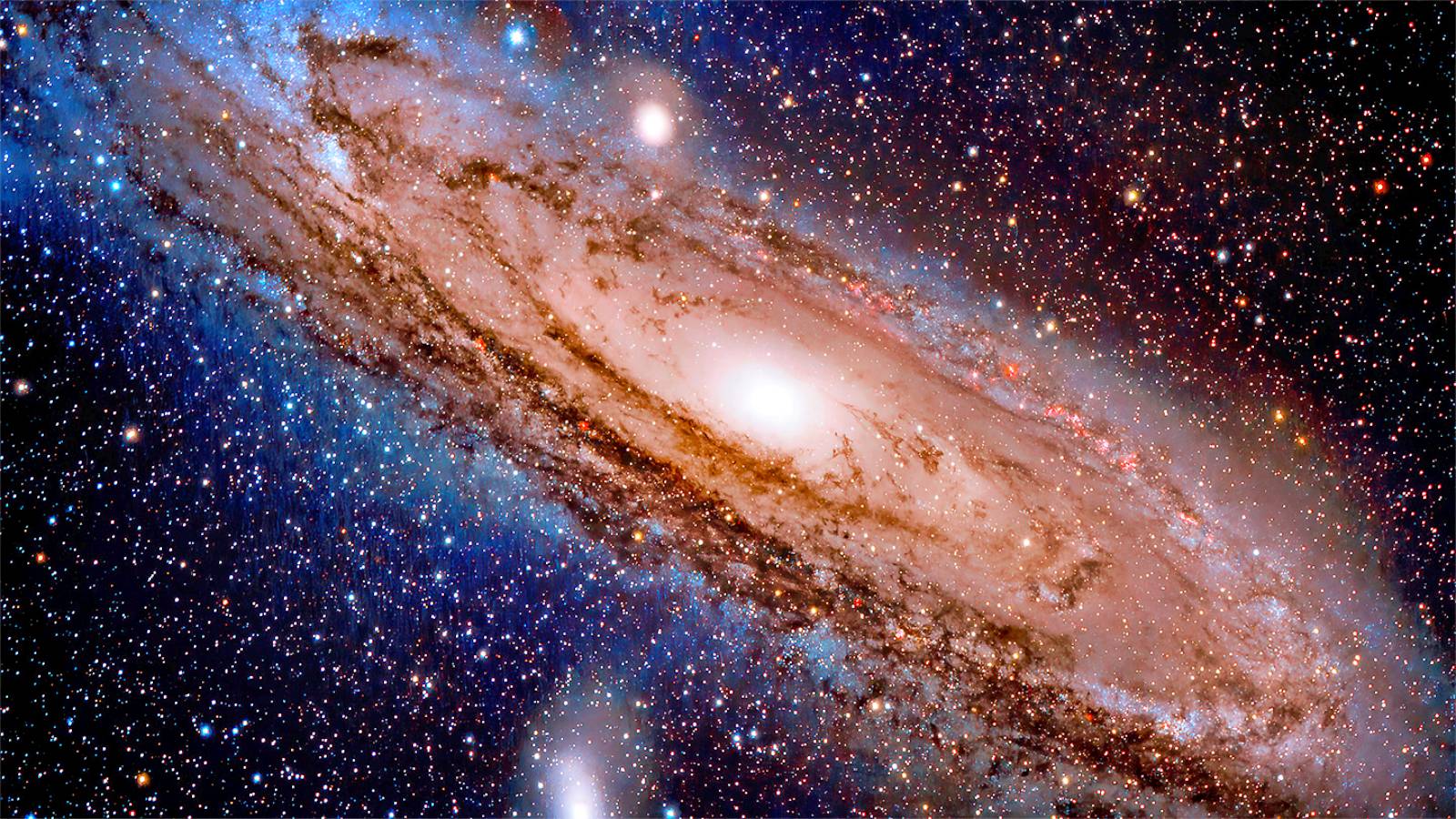The Milky Way has the motions of the stars within it captured by the GAIA space telescope in the image below, and as you can see, we are talking about a truly impressive achievement. Those from NASA show us the movements that 26 million stars went through inside the Milky Way galaxy to form the image you can see below, the colors showing us the stars that were moving away from Earth, and those that were approaching.
The Milky Way is home to many millions of stars and planets, all constantly moving in various areas of the galaxy, some not interacting, others interacting, either with each other or with black holes. In the image below you will see in blue the stars that were heading towards Earth through the Milky Way at the time the map was made, and the red color shows the stars that were moving away, and you can see what kind of movements they make through the galaxy.
(PHOTO) Movements in the Milky Way Captured by NASA With the GAIA Telescope

The Milky Way is billions of years old, and maps like this help humanity better understand what is happening inside it due to the movements of the stars and planets. Both NASA and ESA are constantly trying to discover as much information as possible about the Milky Way galaxy, the stars and planets that exist inside it, space telescopes such as GAIA, or James Webb, will help humanity better understand where exactly where it is.
"Our sky is full of streams of stars. The movements of 26 million stars in the Milky Way are evident in the map shown constructed from recent data taken by ESA's Gaia satellite. Stars colored in blue are moving towards us, while red indicates the distance. The lines describe the movement of the stars in the sky. The big blue areas on the left.”
The Milky Way has been monitored by astronomers for centuries, but in the last decade the work to observe more carefully what is happening in our galaxy, or beyond it, has been extremely intensified. NASA has made many extremely important discoveries thanks to the telescopes on Earth, or those in space, and many years await us in which we will learn much more, especially thanks to the James Webb telescope, launched in 2021 in outer space.
The Milky Way is going to go through major changes in the next billion years, as it will collide with at least one of the galaxies orbiting it, potentially expanding its size, but also the number of stars and planets.








